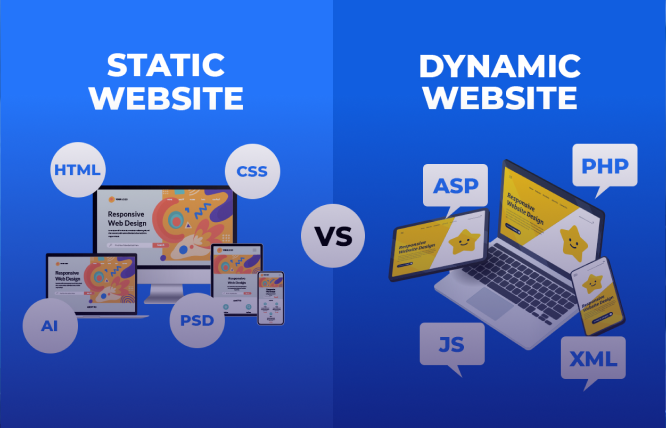Introduction
Back-end development is the foundation of modern web applications. It is responsible for data management and server-side logic. It involves working with APIs, databases, and servers. Databases manage and store data, servers handle responses and requests, and APIs communicate between various software components. Security is one of the most vital aspects of back-end development.
Back-end development is the foundation of modern web applications. It controls data management and server-side logic that powers the user interface.
| Front-End | Back-End |
User Experience (UX) | Data management |
User Interface (UI) | Server-side logic |
Client-side | Server-side |
JavaScript, CSS, HTML | Programming languages (Java, Python, etc.) |
Note: This blog is a great read to get an understanding of back-end development languages, backend web development languages, and cloud-based back-end solutions.
Servers: The Backbone of Back-End Development
Let’s look at servers. This computer system offers services to other computers on a network. In back-end development context, servers handle client requests, process data, and return responses.
here are different server types, such as:
Cloud servers: These are hosted on a remote network and can be accessed over the internet.
Physical servers: These are standalone computers which can be placed in a data centre or on-premises.
Virtual servers (VPS): This virtual machine emulates a physical server and allows multiple virtual servers to run on a single physical machine.
Databases: Storing & Retrieving Data
Let’s talk about database. This is a structured collection of data organised to make way for efficient management and retrieval. In back-end development, databases are utilised to both manage and store data being employed by the application.
There are two main database types exist, include:
- NoSQL databases
- Relational databases
Your database choice will rely on your application’s requirements, such as the type of data to be stored, the performance needs, and the expected data volume.
APIs: The Communication Bridge
API is a set of rules which govern how various software components can correspond to each other. In back-end development, APIs offer a way for different applications to access and utilise a back-end system’s functionality.
APIs are of three main types. These are:
Partner APIs: Shared between at least two organisations.
Public APIs: Publicly available for anyone to use.
Private APIs: Only accessible to authorised users.
Generally, APIs are designed using a RESTful architecture. This is a set of principles for building web services.
To understand APIs, explore conceptssuch as RESTful APIs development and API integration services.
Back-End Tools & Technologies
Developers working on back-end applications should make good use of a variety of tools and technologies, such as:
Frameworks and libraries: ASP.NET, Rails, Express.js, Spring Boot, Flask, Django.
Programming languages: C#, Ruby, PHP, JavaScript (Node.js), Java, Python.
Cloud platform: GCP, Azure, AWS.
Database management systems: Cassandra, MongoDB, PostgreSQL, MySQL.
Version control systems: Git
The preferences of the development team and the application’s requirements decide the choice of tools and technologies.
The Role of Security in Back-End Development
One of the most critical aspects of back-end development is security. Back-end systems handle sensitive data. This is why it is vital to protect this data from unwanted or unauthorised access and even malicious attacks.
Here are some of the most common security threats:
- Cross-site scripting (XSS)
- SQL injection
- Denial of service (DoS) attacks
- Cross-site request forgery (CSRF)
To mitigate these risks, apply best practices for security, such as:
- Data encryption
- Input validation
- Regular security updates and patches
- Authentication and authorisation
Concluding Remarks
Back-end development is both a challenging and complex field that demands an in-depth understanding of databases, servers, and APIs. By mastering these components, you can build secure, scalable, and robust web applications.
If you are interested in back-end development, work on Node.js and Python frameworks. You can also work with a custom software development company, like FuturByte.
Frequently Asked Questions
These are C#, Ruby, PHP, JavaScript (Node.js), Python, and Java.
Databases store and manage data for back-end applications.
Cloud hosting providers offer reliability, cost-efficiency, and scalable infrastructure for back-end applications.
Regular security updates, data encryption, input validation, authorisation, and authentication are essential.
Have questions or feedback?
Get in touch with us and we‘l get back to you and help as soon as we can!




